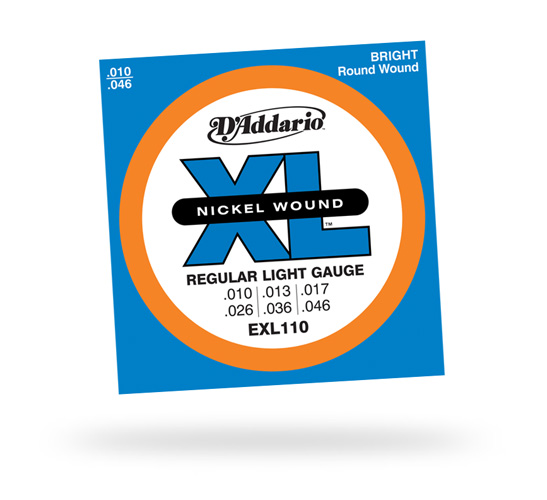If you are interested in finding the right strings for your guitar - your particular guitar, as played by you - then a little research can yield great rewards. Acoustic players in general seem to gravitate toward one of two generic gauges, Light and Medium. Beginning players and those with tender fingers find lights to be easier to play, and when "producing good tone" is farther down the list than "switching from C to G", that's fine. Some less expensive guitars may even respond better to light gauge strings, as anything heavier will case the action to be uncomfortable.
Eventually, though, it's a good idea to try a hybrid set to see if you (and your guitar) like a heavier gauge. D'Addario makes a "Bluegrass" set in both regular and coated versions. The Bluegrass set is the Low E, A and D strings from a Medium set and the G, B, and High E strings of a light set.
In the Bluegrass world, this gives the player the ability to bend the top strings for solos and keep a fat rhythm sound when playing backup. I don't play Bluegrass, but I do play a lot of gigs backing up a singer/songwriter, where I am adapting electric lead guitar parts for acoustic and also trying to keep the drive of the bass and drums at least partly alive on the low strings. The EJ19 and EXP19 sets are perfect for that, and a nice bridge from Light to Medium.



Electric players have even more choices, with sets as light as .08 and even half-gauges like the EXL110+ set that has 10.5, 13. 5, 18, 28, 38, 48 gauges. In general, I like EXL115 on my Gibson-scale guitars and EXL110 on my Fenders, but some models just seem a little to slack or too stiff. The in-between options solve that issue nicely. Check them out if your strings seem just a little off, or if you want to have, for example, one Telecaster with 10s and one a little heavier with 10.5s


